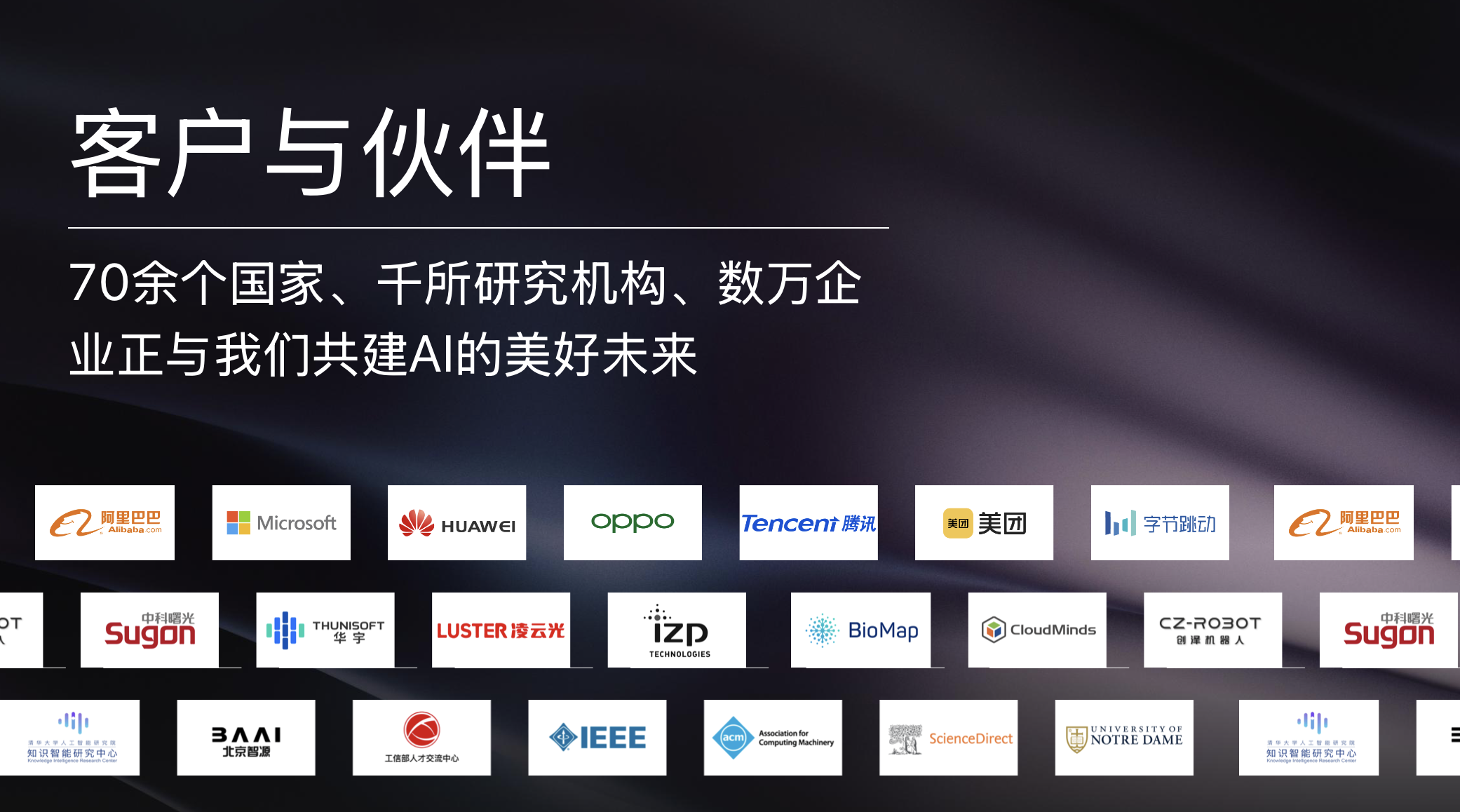Samsung's AI Features May Soon Require Payment: The End of Free AI with Phone Purchase, and the Future of AI Phones
![]() 06/30 2025
06/30 2025
![]() 500
500
The AI industry is in dire need of a robust "subsidy war" to thrive.
In recent years, the built-in "AI features" have become a significant draw for consumers when purchasing smartphones. However, have you considered this potential issue: might these AI features soon require separate payment?

Image source: Wccftech
Recently, Wccftech reported that "rumors suggest Samsung will discuss pricing for future AI services (Galaxy AI) in the third quarter." In simpler terms, Samsung currently only guarantees free Galaxy AI until 2025. Given that its AI features involve multiple suppliers, the possibility of future user charges cannot be ruled out.
From a user's perspective, charging for AI features on AI phones seems unreasonable. After all, we pay the full price for the phone, including these features as part of its functionality. Since we've already paid for the complete phone, additional charges for AI features are naturally unjustifiable.
However, the situation is more nuanced.
AI Features Vary in Complexity and Dependency
Let me clarify LeiTech's stance: As a user, I am unequivocally opposed to any potential charging for AI features. The practice of secondary subscription charges has already infiltrated areas like smart TVs and smart cars, and I don't want phones to lose their status as the last "untouched territory."
However, from a product perspective, the topic of "paid AI features" cannot be dismissed with the simple argument of "we've already paid when buying the phone."

Image source: Samsung
Currently, AI features on smartphones can be broadly classified into three categories: AI features that utilize built-in AI components to provide services locally on the phone; AI features that leverage built-in components but rely on external AI cloud services; and AI features that perform no AI computations on the device and are entirely dependent on external AI cloud services.
The first type primarily relies on the phone's CPU and NPU for AI computations. Once developed, there are no additional costs for manufacturers to run this functionality. Therefore, no brand would dare to include such features in a separate charging category.
However, the latter two categories present a "gray area." To ensure optimal user experience, some brands employ "AI cloud service" components provided by third-party enterprises, such as AI wallpaper generation services based on Google Gemini, voice-to-text services via iFLYTEK, AI beauty services from Meitu, or AI assistant services powered by Wisdom Spectrum.

Image source: Wisdom Spectrum
Each time a user utilizes these AI services, the brand needs to pay a fee to the supplier (or adhere to other pricing standards). If a brand is heavily reliant on external suppliers, and users demand high-quality AI services, it will indeed increase the service cost for the phone brand. From the brand's perspective, it is natural to want consumers to bear the cost of AI services.
Paid AI Features: A Double-Edged Sword
From a brand's perspective, at least in the current stage, "paid AI" can to some extent promote the adoption of AI phones. For users with ample budgets, it's best to opt for domestic mid-to-high-end phones offering free AI features. However, for low-to-mid-range phone users, due to device performance limitations, on-device AI features are largely unusable.
If a brand aims to bring advanced AI features to low-to-mid-range phones, leveraging external suppliers' AI cloud services is practically the only solution. In fact, this approach of "cloud AI features" is common in mid-range phones. Some brands even directly integrate the operation webpage of external AI suppliers into an "App." Typically, these brands also include a "membership experience card" when selling phones, allowing users to try before deciding whether to invest in related features.
In the long run, AI features requiring payment can only be seen as a necessary solution given current limited AI computing power and should not become the new norm. The industry must avoid creating a product logic where "AI features must be paid to unlock." Brands are unlikely to willingly shoulder the transferred costs.

Image source: OPPO
Moreover, neglecting actual computing power and outsourcing all AI functions to external suppliers is a lazy approach by brands. Once the "AI payment" door is opened, there will only be more imitators, causing the overall hardware level of AI phones to regress. Additionally, users already dislike "value-added services" in phone systems, and adding more paid items will only further erode user satisfaction.
Practically, brands can integrate AI services into cloud service (cloud storage, membership) systems without increasing prices. Considering the AI industry's development, LeiTech believes that high-priced computing power solutions will not become the norm. With optimized algorithms and models, and "cost reduction and efficiency improvement" in basic computing power equipment, the cost of AI computing power will inevitably decrease further in the future, potentially shifting rapidly, akin to data traffic charges before.
At that point, if brands still ask users to pay for AI features, it would be unacceptable.
AI Should Be Accessible to All
In terms of current AI phone performance, LeiTech believes that the AI features of most AI phones are not "worth paying for." Even if users are willing to pay, there are third-party Apps offering better results in the market.
Ultimately, if brands want to promote AI phones, they should focus on increasing AI feature coverage and letting more people experience the difference: no more avoiding reflections or passersby when taking photos, no need to answer unknown calls personally, direct conversion of interview recordings into text, and voice command-driven cross-App operations...
AI features represent a revolution in human-computer interaction, determining how we will use smart devices like phones, watches, and computers in the future. Only by enabling users to genuinely utilize these AI features can the significance of AI phones be truly realized. If AI phones become "subscribe upon boot" and "unlock features by tier," they are destined to remain "high-end toys" for a select few, rather than "inclusive" features that can transform the digital world.

Image source: Xiaomi
Moreover, the past decade's popularization of features like large-sensor cameras, under-screen fingerprint recognition, periscope optical zoom, and foldable screens was also driven by continuously lowering thresholds. Only by first establishing user dependence can the value of subsequent "paywalls" be realized.
The controversy over charging for AI features stems from the mismatch between brands' AI capabilities and user expectations. Without stable technical standards and user usage habits established across the industry, hastily promoting the commercialization of AI services and forcibly pushing the paid AI model will only amplify users' distrust of perceived value.
Conversely, if the current stage is viewed as a window period for user education and product optimization, with continuous refinement based on actual experiences, brands will be more confident in communicating with users in the future, regardless of charging policies. This long-term approach is crucial for the true maturity of AI phones.
Given the rapidly evolving AI ecosystem, predicting the future model of AI payments is challenging. However, just as internet giants invested heavily in the "subsidy war" for ride-hailing apps, cultivating user habits is always essential for the commercialization of a "new species." Such "AI subsidies" may be costly for phone brands, making AI service commercialization seem distant. But "going in the right direction" is always more important than rushing.
Source: LeiTech







